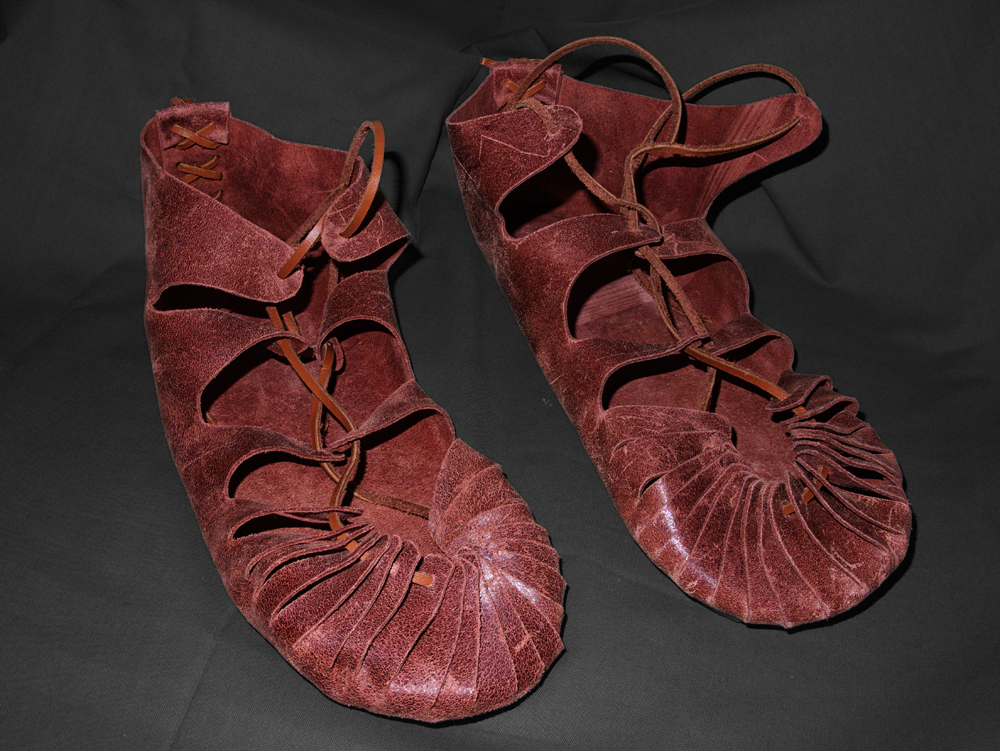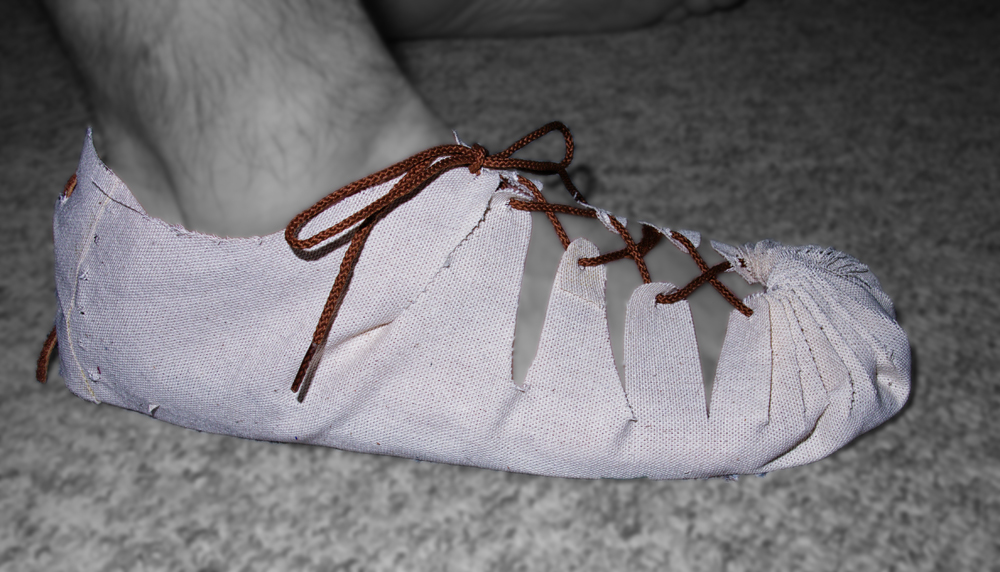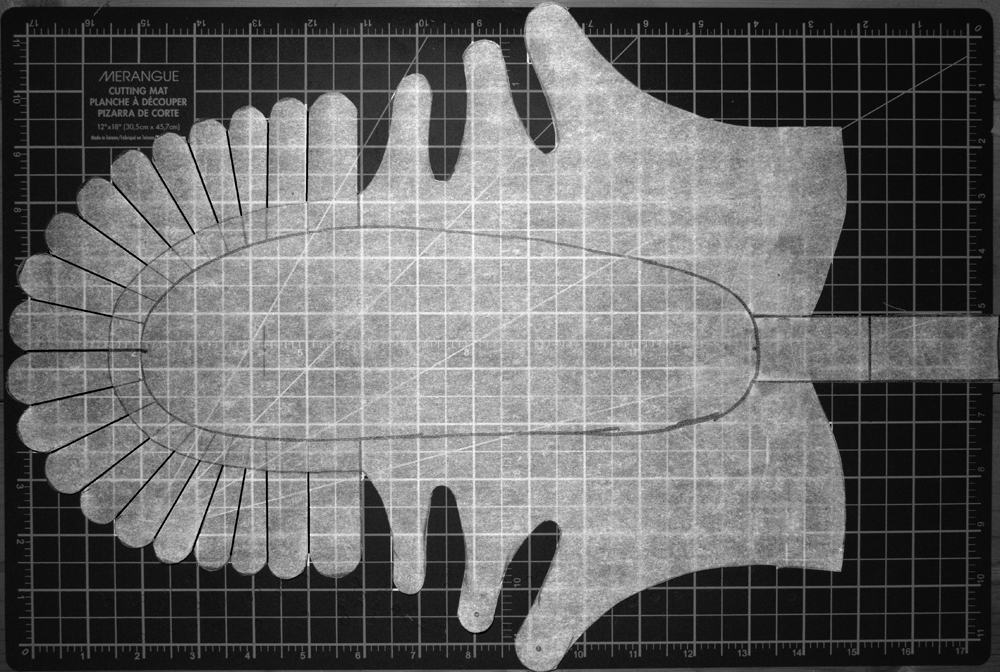Welcome to the forum,
By the 18th century from what I’ve been able to research; the only Scots still wearing the soft footwear, known today as Ghillie Shoes, were the Highland Scots. The Lowland Scots had by this time transitioned almost solely to English style clothing and footwear. So to find use of Ghillie shoes in the Colonies, one should look for concentrations of Highland Scottish Immigrants.
One place in the American colonies we can be almost 100 percent sure of without documentation, that Ghillie Shoes were worn, was in Darien, GA circa 1735 and the following years. This because Governor James Oglethorpe of GA specifically recruited Highland Scots to settle there as part of a local Military Force to be a buffer between the British Colonies and Spanish Florida.
Unlike many areas in the British Colonies where Highland Dress was looked down on or socially banned, Highland Dress there was not only worn but celebrated and by no less than Governor James Oglethorpe himself. He went so far as to purchase a rather large quantity of different types of Highland Plaid Cloth from Scotland and imported it for his soldiers to wear for Kilts, Jackets and Hose. There is also a period drawing of Oglethorpe in Highland Dress he wore in GA as part of some military meetings or parades, that I posted a link to on this forum within the past three years.
Though the following is a bit romanticized and it makes some pretty common modern mistakes, this information is basically true with corrections added in brackets.
“In many ways these people were unique - especially from the viewpoint of the Native American. Most Scots [actually many Highland men and women and especially lower income folk] did not wear boots [or shoes for the warmer months of the year] like most other Europeans -
they wore a soft leather footwear similar to a moccasin, they did not wear pants -- they wore a philbeg [spelled a number of ways, but always meant “little or short” kilt], or great tartan [actually the true or full kilt], they (for the most part) spoke Gaelic - not English, their family structure was similar to the Native American's - tribal, or clan. The Scots enjoyed the best relationship with Native Americans, especially the Creeks. The Scottish women had rights under the law and were allowed to own property. Women in the Darien community were trained in the "Manual of Arms" for rifles [actually muskets] and were capable of manning the battery of cannons at Fort Darien when the men were on patrol or fighting the Spanish.’
http://www.robertmackayclan.com/mclinks/darien.html
For a more scholarly work on those Immigrant Georgian Highlanders, try the book at this link:
https://books.google.com/books/about/Scottish_Highlanders_in_Colonial_Georgia.html?id=-xNydb93XUMC
Many individual enlisted Highland Scottish Soldiers were allowed and even encouraged to settle here in the colonies after the French and Indian War. Some eventually settled in the Carolinas or Virginia and other areas, but most seem to have settled further north and especially in what is today Nova Scotia. When their families joined them, some of them would almost certainly have worn what we call Ghillie Shoes today.
Scots Wha Hae
Ne Obliviscaris
Gus
Clan Campbell










